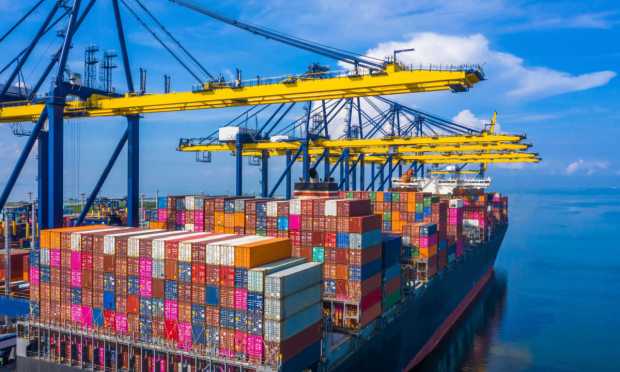Freight Carrier Pullback Signals Tough Holiday Season for Retailers

Carriers are signaling the holiday season — and beyond — will be no saving grace for retailers struggling to keep margins intact and combat inflation.
Specifically, major shippers are cutting back on the voyages that get goods where they need to go, from country to country.
The pullbacks are a leading indicator, a predictor, of what comes next. And it may not be pretty.
The Wall Street Journal reported that trans-Pacific shipping rates are down by 75% when measured against last October’s activity.
At the same time, container capacity is down 13%, as measured in September. Rate cuts are far outpacing the capacity cuts, but there’s yet to be any balance struck yet, where demand for shipping is consuming the available supply, so to speak. That may wind up hurting shipper economics.
But beyond the ocean freighters themselves, and on a global scale, future demand and supply between consumers and their merchants of choice seems similarly mismatched.
Nike offers a microcosm of the sudden shifts in dynamics, where goods wildly in demand may suddenly see a cooling of consumer ardor. The flow of items across the supply chains that stretch from Asia around the globe, winding their way to shelves in Europe and the U.S. can become a glut. As has been widely reported, North American inventories jumped 65%. Shipping delivery times were uneven, Nike management recounted, and now consumer demand looks to be waning, as well.
There’s still a chance that things can reverse. Let’s say there’s a sudden surge in consumer demand. The reduction in shipping capacity may wind up putting a floor under prices, as retailers want to grab containers that are slated to come to the U.S.’s West Coast ports, for example. And by extension, increased demand would clear out the inventory that’s already in warehouses and in-store, bringing bit more balance into supply chains.
Don’t count on it, just yet. The shippers, by their actions, are girding for some choppy seas ahead. Walmart and Nordstrom, among others, have signaled that inventories are, to put it nicely, well-padded. The challenge now, of course is to move that inventory.
Though consumer spending was up 0.4% in August, there are signs, per PYMNTS data that even that slight growth might be in the rearview mirror, which indicates that the aforementioned inventory glut may have staying power.
As we reported, in the latest Paycheck to Paycheck report, PYMNTS’ research finds that 92% of consumers have noticed higher product prices, while 74% saw increases in their monthly bills. It’s not surprising, then, to learn that 60% of consumers are paring back spending to focus on the essentials like groceries and gas. The (increasing) funds allocated to those daily needs means there is less left over to buy sneakers and TVs … none of which bodes well for the retailers, or the shippers that serve them.
